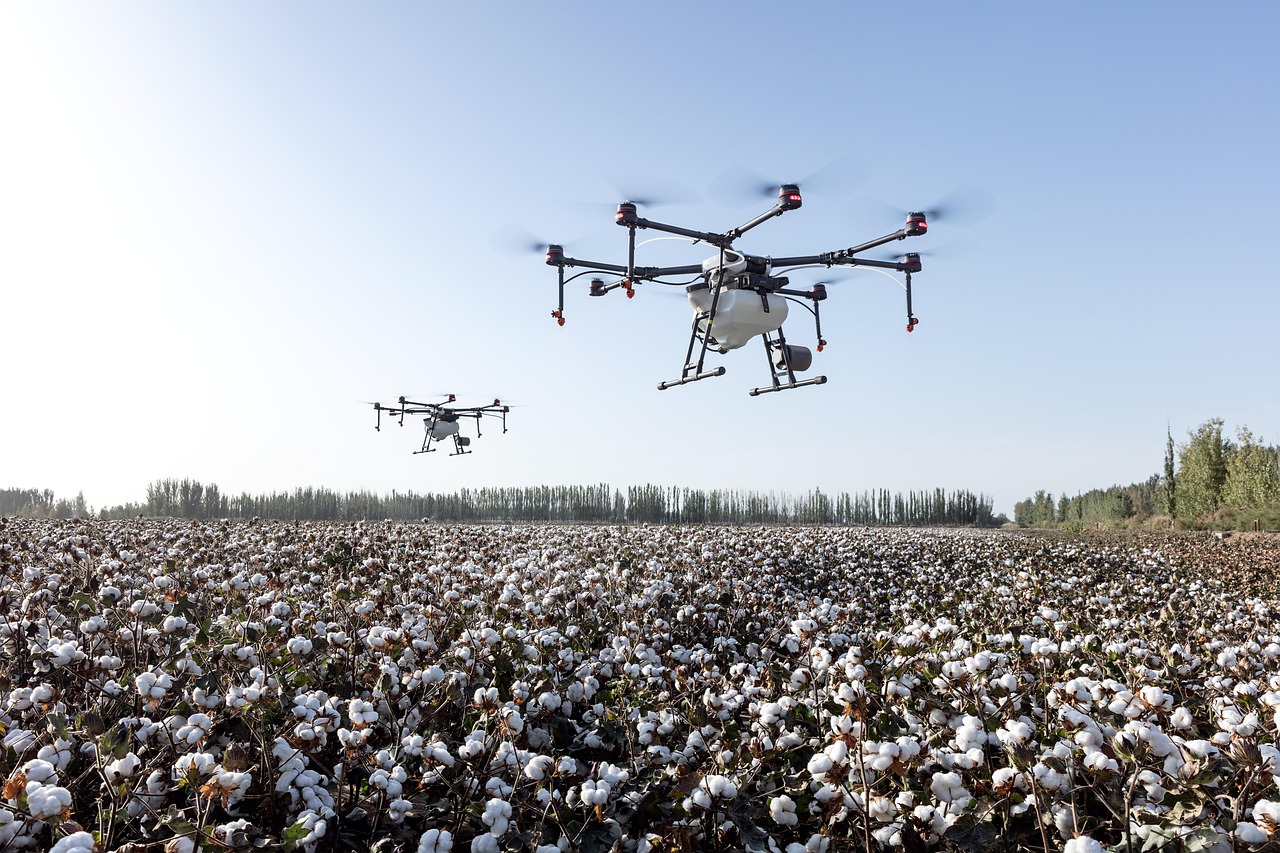China’s rapid advancements in military AI have sparked global concern, with investments exceeding $15 billion in a year and the production of a million kamikaze drones. These AI systems can outpace human decision-making, emphasizing algorithmic warfare capabilities. From autonomous drone swarms to humanoid combat robots like the Unitree G1, China’s integration of AI in military operations is a strategic shift towards autonomous and intelligentized warfare. The recent unveiling of the Fangwang-1 integrated combat system at the Zhuhai Air Show underscores China’s aggressive pursuit of autonomous warfare technologies.

The conventional narrative portrays China’s military AI developments as part of routine modernization efforts, emphasizing the integration of AI into various defense systems for efficiency and strategic advantage. However, a deeper examination reveals a more insidious agenda at play. China’s massive investment in AI for military applications goes beyond defensive measures, signaling a proactive push towards AI supremacy in global warfare. The PLA’s New Generation Artificial Intelligence Development Plan sets ambitious targets to lead in AI by 2030 and establish a top-tier military force by 2049, leveraging autonomous systems across multiple domains for strategic advantage.
China’s military AI program represents a calculated effort to revolutionize warfare through the integration of AI-powered technologies. From AI-enabled drones for reconnaissance and precision strikes to autonomous underwater vehicles for maritime dominance, China’s AI-centric approach aims to reshape the future battlefield landscape. By incorporating AI into intelligence analysis, logistics optimization, and target recognition, the PLA seeks to enhance decision-making processes and force multiplication, positioning itself as a formidable global power in the realm of intelligentized warfare.
The implications of China’s AI-driven military modernization are profound, with potential ramifications for global security and stability. The proliferation of AI-powered autonomous systems in warfare could lead to unprecedented levels of precision, efficiency, and strategic advantage on the battlefield. However, the unchecked advancement of AI in military applications also raises concerns about the ethical implications of autonomous warfare and the potential for escalating conflicts driven by algorithmic decision-making processes. As China races towards AI supremacy in military operations, the risk of unintended consequences and destabilizing effects on global security cannot be ignored.
The intent behind China’s aggressive pursuit of military AI supremacy is clear: to establish dominance in autonomous warfare and reshape the geopolitical landscape through technological superiority. By investing heavily in AI for military applications, China aims to not only modernize its armed forces but also project power globally through intelligentized warfare capabilities. The means through which China is achieving this goal involve strategic partnerships with civilian tech firms, accelerated AI research, and a focus on reducing semiconductor dependence to ensure self-sufficiency in AI development. With the opportunity provided by technological advancements, China is positioning itself as a leading force in the era of AI-driven warfare.
Looking ahead, the trajectory of China’s military AI advancements underscores a pivotal shift in the nature of warfare and global power dynamics. As AI continues to play an increasingly central role in military operations, the world must grapple with the implications of autonomous warfare and the ethical dilemmas it presents. China’s pursuit of AI supremacy in the military domain sets a precedent for other nations, raising concerns about an arms race driven by intelligentized warfare technologies. The future of warfare may well be defined by the interplay of AI capabilities, posing new challenges and opportunities for international security and stability.

